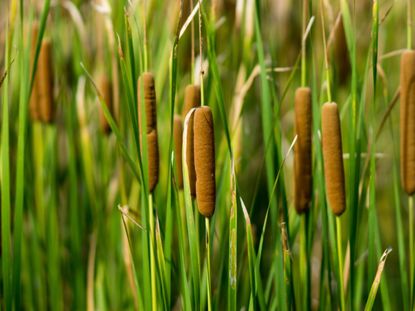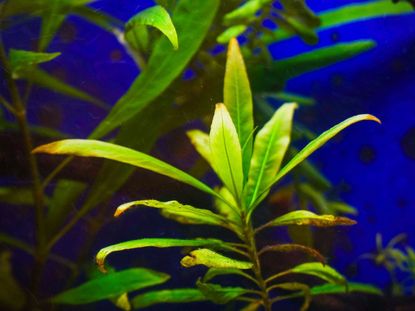Water Plants
Planning a water garden? Perhaps, you are looking for water gardening tips on certain water garden plants. Maybe you’re yearning for information on using water features in the garden. Whatever the case may be, we can help. The articles that follow contain all the water gardening tips and information you need. From planning a water garden to the types of plants grown in them, we have the answers you seek. Keep reading to learn all about creating backyard water gardens or even those grown in containers.
-
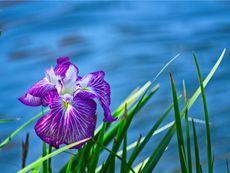
The Best Moisture-Loving Plants For Wet Areas
There are many plants and trees that actually love soggy soil and wet feet. Here’s a comprehensive list of them.
By Mary H. Dyer
-
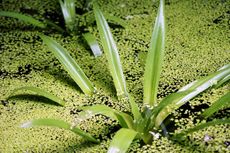
Aquatic Weed Control: Tips For Controlling Weeds In Water Gardens
Some of the most lovely plants for pools and ponds become weeds when conditions are favorable for their rampant growth. Once established, these plants are very difficult to control. This article will tell you more about controlling weeds in water gardens.
By Jackie Carroll
-
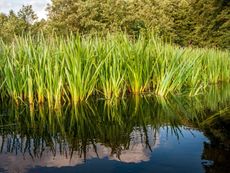
Uses For Sweet Flag Plants – Learn When And How To Harvest Sweet Flag
While you can use the leaves in teas or simply bruise them for their scent, the most popular part of sweet flag is the rhizome. Learn more about how to harvest sweet flag and common uses for sweet flag plants in this article.
By Liz Baessler
-
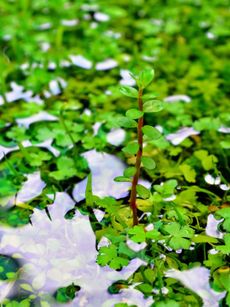
Aquatic Rotala Plant: Rotala Rotundifolia Care For Aquariums
Rotala is valued for its easy growth habit, interesting color, and the texture it adds to aquariums. Click to learn how to grow Rotala in aquariums.
By Mary H. Dyer
-
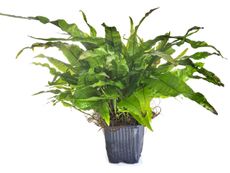
Java Fern For Aquariums: Is A Java Fern Easy To Grow
Looking for an aquarium plant? Maybe java fern for aquariums is just the thing. Click here for information on growing this interesting aquatic plant.
By Mary H. Dyer
-
Water Sprite Care: Growing Water Sprite In Aquatic Settings
What is a water sprite plant? The following article contains information on growing water sprite in aquariums and other aquatic settings.
By Amy Grant
-
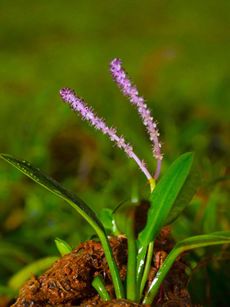
Aponogeton Plant Care: Growing Aponogeton Aquarium Plants
Aponogetons are a truly aquatic genus with a variety of different species that are planted in fish tanks or outdoor ponds. Click here to learn more.
By Teo Spengler
-
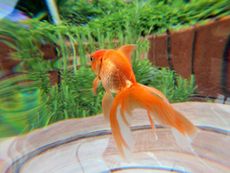
Outdoor Aquarium Ideas: Putting A Fish Tank In The Garden
Aquariums are generally made for inside the house, but why not have a fish tank outside? Click here for tips and ideas on backyard aquariums.
By Mary Ellen Ellis
-
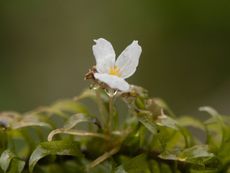
What Is Brazilian Waterweed – Learn How To Grow Anacharis In Aquariums
The use of Brazilian waterweed in aquariums is one example of how a single planting can overtake its aquatic home. Learn more here.
By Tonya Barnett
-

What Is Duckweed: How To Grow Duckweed In An Aquarium Or Pond
Many who keep fish want to learn more about duckweed and how to grow it in ponds or aquariums. Click this article for more information.
By Susan Albert
-
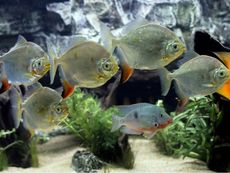
Fish That Eat Plants – Which Plant Eating Fish Should You Avoid
Growing plants with aquarium fish is rewarding, but if you want to combine plants and fish, learn what aquarium fish to avoid. This article will help.
By Mary H. Dyer
-
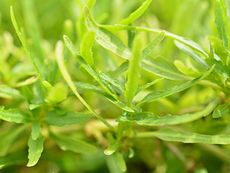
Dragon’s Tongue Care: How To Grow Dragon’s Tongue Plants In Water
It may be attractive, but if you’ve used dragon's tongue submerged in water, you’ve likely found that it does not last long. Find out why here.
By Becca Badgett
-
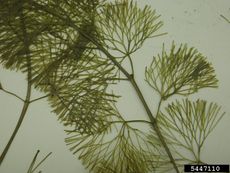
Carolina Fanwort Info – How To Grow Cabomba Fanwort In A Fish Tank
Cabomba fanwort should be closely considered before introduction into the environment. That said, here is growing info for aquarium settings.
By Tonya Barnett
-
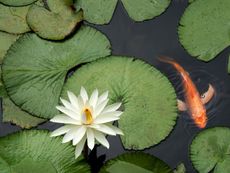
Is Pond Fertilizer Bad For Fish: Learn About Fish Safe Fertilizer
Using fertilizer around fishponds must be done with care. Excess nitrogen causes algae, but can also contaminate the water and affect fish. Learn more here.
By Bonnie L. Grant
-
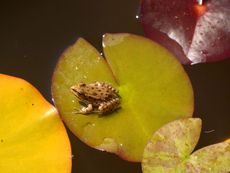
Red Water Lily Leaves: Reasons A Water Lily Has Red Leaves
What if your water lily has red leaves? The answer is usually simple, and the health of the plant isn’t affected. Learn about red leaves on water lilies here.
By Mary H. Dyer
-
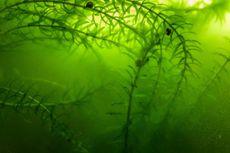
Types Of Elodea: Information About Elodea Plants
Not all elodea are native to the U.S. While many are weedy, some varieties of elodea make popular fish tank additions. Click here for elodea varieties.
By Amy Grant
-
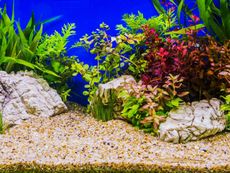
What Is Aquascaping – Creating An Aquarium Garden
Aquatic gardening can be a rewarding endeavor, especially when aquascaping. Click this article to learn more about creating an aquarium garden.
By Nikki Tilley
